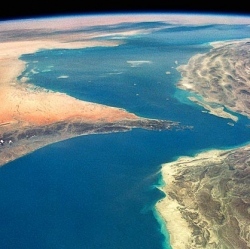
Another study has cast doubt on the existence of two of the first Earth-sized planets "discovered" outside our solar system that could potentially host liquid water, and therefore life. But it may also have uncovered a way to make detecting new planets easier.
When the discovery of Gliese 581 g was announced in 2010, there was a lot of excitement because it was in the habitable zone of its red dwarf star, the "Goldilocks" region: not too hot and not too cold, where liquid water, and therefore life, could potentially exist. The planet appeared to be just 1.2 to 1.4 times larger than Earth, and therefore likely to have a rocky surface.
Another planet in the system, Gliese 581 d, announced in 2007, was on the edge of the habitable zone. "They were very high value targets if they were real," said Paul Robertson, a postdoctoral researcher at Penn state University and the lead author of the new study, published this week in Science."But unfortunately we found out that they weren’t."
The two planets have actually been controversial since they were discovered using a method that looks for small changes in the colour of a star’s light caused by the tug of a planet’s gravity. Robertson says it’s because, if these particular planets exist, they have very low masses. "And their signals are so small that just a very small tweak in how you analyze the data can make the difference to whether you see one planet or the other."
